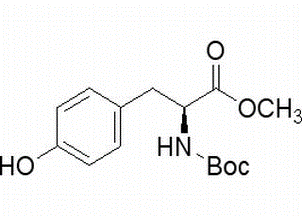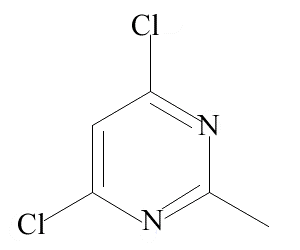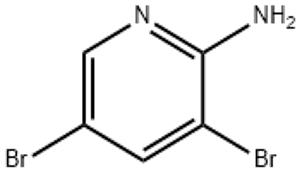Boc-L-Tyrosine methyl ester(CAS# 4326-36-7)
| Safety Description | 24/25 – Avoid contact with skin and eyes. |
| WGK Germany | 3 |
| HS Code | 29242990 |
Introduction
N-Boc-L-Tyrosine Methyl Ester is a chemical compound whose chemical name is N-tert-butoxycarbonyl-L-tyrosine methyl ester. Its properties are as follows:
1. Appearance: white to gray crystalline solid;
5. Solubility: soluble in organic solvents such as ethanol and dimethylformamide (DMF), insoluble in water.
N-Boc-L-tyrosine methyl ester is commonly used in organic synthesis to protect amino acids in the synthesis of polypeptide compounds. It is commonly used as a protective group of L-tyrosine to prevent non-specific reactions in the reaction from occurring. Once the reaction is complete, the protecting group can be removed under the appropriate conditions to obtain the ideal target product.
The preparation method of N-Boc-L-tyrosine methyl ester usually involves the following steps:
1. Dissolve L-tyrosine in dimethylformamide (DMF);
2. Add sodium carbonate to neutralize the carboxyl group of tyrosine;
3. Methanol and methyl carbonate (MeOCOCl) are added to the reaction mixture to produce N-Boc-L-tyrosine methyl ester. The reaction is usually carried out at low temperatures, and an excess of methyl carbonate is used to ensure that the reaction proceeds.
N-Boc-L-tyrosine methyl ester is relatively stable, but it still needs to be handled with caution. The following is general safety information:
1. Avoid contact with skin and eyes: Appropriate protective gloves and goggles should be worn to avoid direct contact with the compound;
2. Avoid inhalation: Good ventilation should be ensured in the working environment to prevent the inhalation of compound gases;
3. Storage: It should be stored in a cool, dry place and avoid contact with oxygen, strong acids, or strong bases.
Overall, N-Boc-L-tyrosine methyl ester is an important intermediate in organic synthesis and plays an important role in the synthesis of peptide compounds. Care should be taken for safe operation when using and handling.








